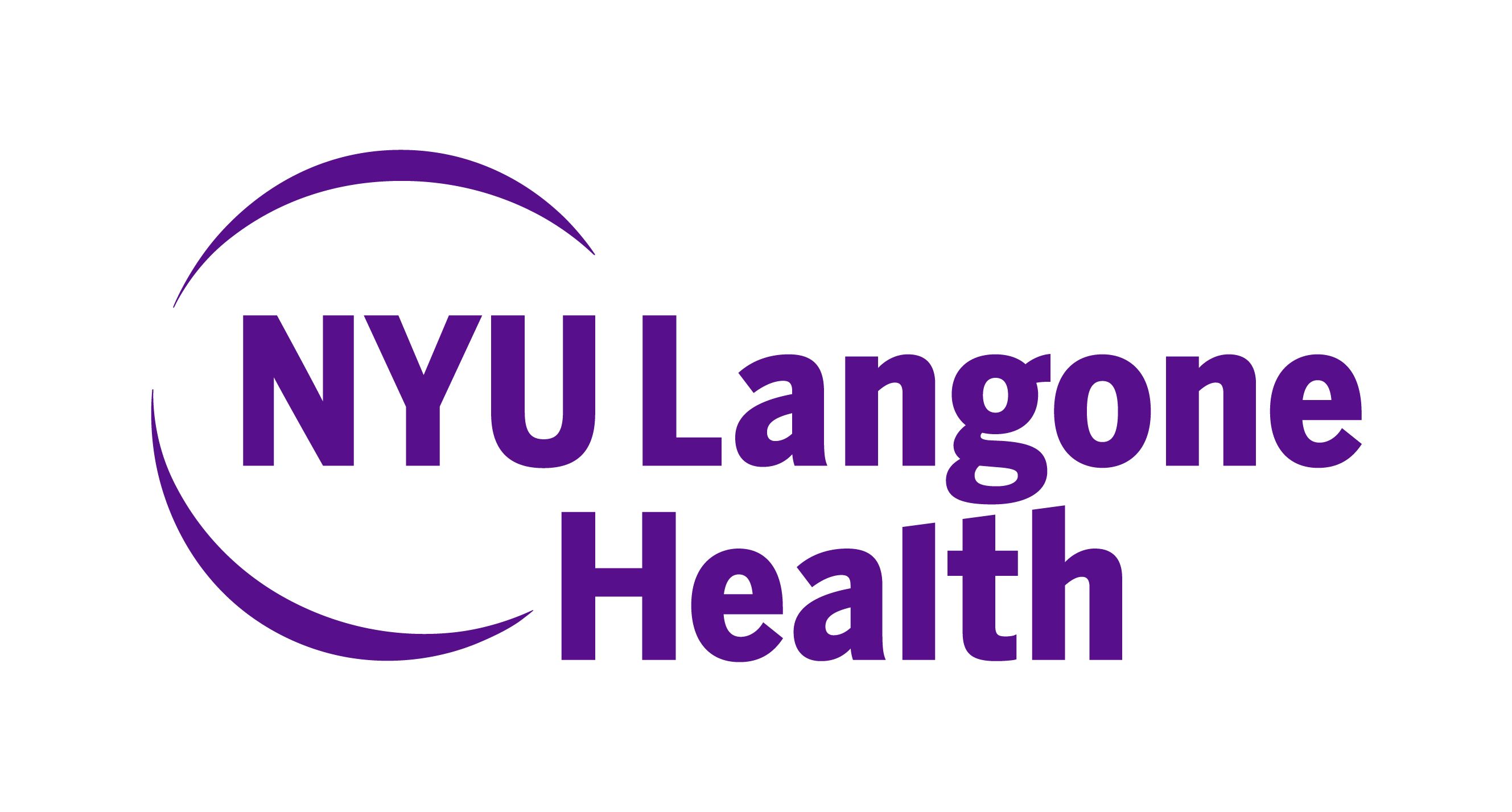
Recognizing Lysosomal Autophagy as a Realistic Target for Alzheimer Disease: Ralph Nixon, MD, PhD

The professor of psychiatry and cell biology at NYU Langone pleaded his case for why the Alzheimer community should begin to turn to other drug development strategies, including the relatively young phenomenon of autophagy. [WATCH TIME: 3 minutes]
"It’s not an alternative to amyloid having any role in the disease, it’s more of a comprehensive explanation. When something has been entrenched for 30 years, and the reviews have trained the entire community to believe a certain way in which the disease evolves and how it should be addressed, it’s very hard to turn a rock around on a dime."
Autophagy, markedly impaired in patients with Alzheimer disease (AD), is the principal pathway for lysosomal degradation, maintaining cellular homeostasis by constitutively turning over obsolete proteins and organelles.1 A recently conducted study led by investigators at NYU Langone and the Nathan Kline Institute crossed transgenic mice and AD mouse models that developed into either early-onset or late-onset disease pathology to identify and monitor AD-related autophagy-lysosomal deficits.
Imaging tests developed to track cellular waste removal showed that certain brain lysosomes became enlarged as they fused with so-called autophagic vacuoles filled with waste that had to be broken down. These autophagic vacuoles also contained earlier forms of amyloid-ß. In neurons most heavily damaged and destined for early death as a result, the vacuoles pooled together in "flower-like" patterns, bulging out from the cells' outer membranes and massing around each cell's center, or nucleus. Accumulations of amyloid-ß formed filaments inside the cell, another hallmark of AD.
These findings change the fundamental understanding of how AD progresses, and also explain why other therapies targeting amyloid plaques have failed, says senior investigator
REFERENCE
1. Lee JH, Yang DS, Goulbourne CN, et al. Faulty autolysosome acidification in Alzheimer’s disease mouse models induces autophagic build-up of Aß in neurons, yielding senile plaques. Nature. 2022;25:688-701. doi:10.1038/s41593-022-01084-8
Newsletter
Keep your finger on the pulse of neurology—subscribe to NeurologyLive for expert interviews, new data, and breakthrough treatment updates.




















